Articles

5 exciting business events in Barcelona this May
16 de April de 2024
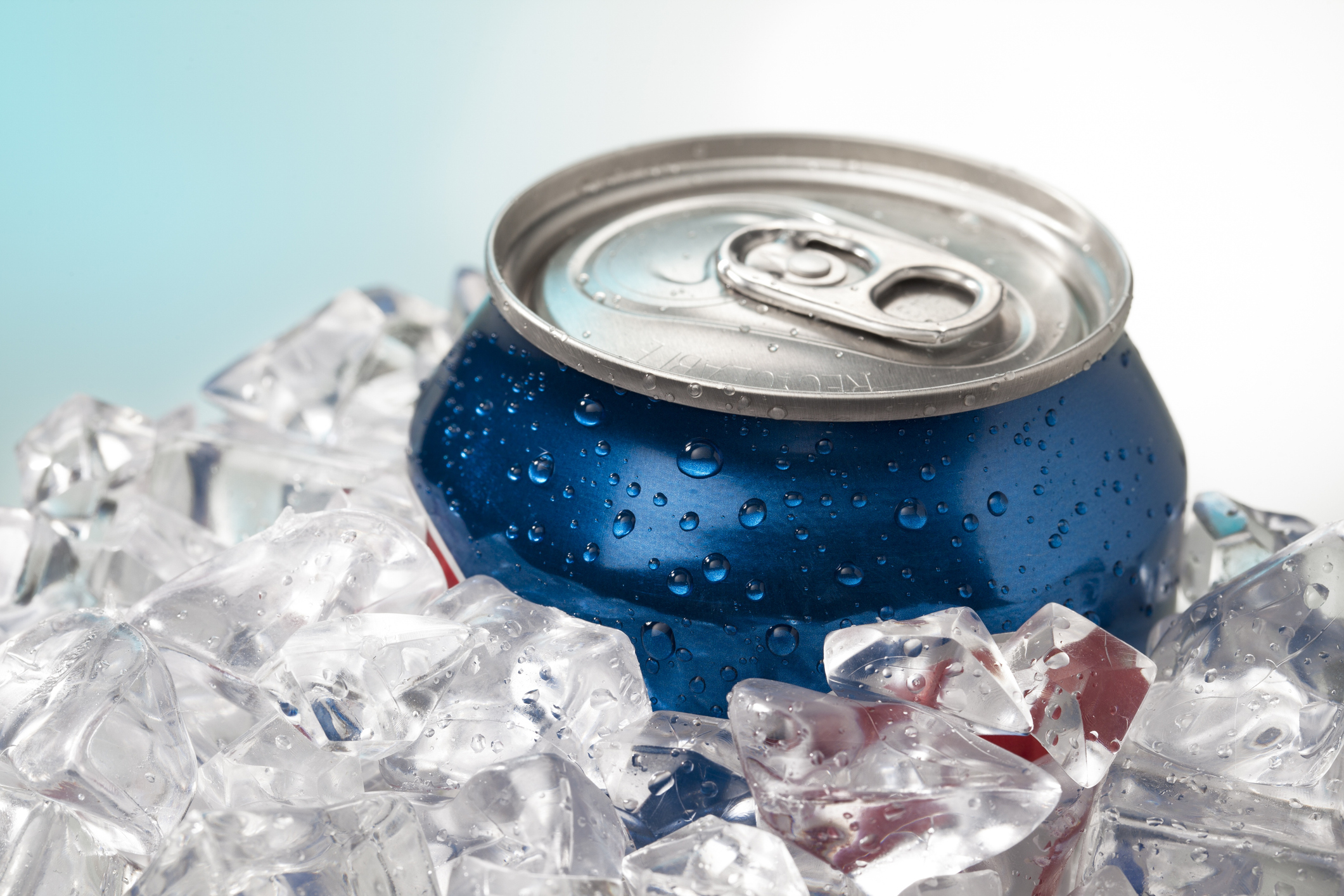
McDonald’s and Burger King, Nike and Adidas — these are brands with fiercely loyal fans who will argue endlessly about which one reigns supreme. But perhaps the most iconic rivalry of them all is between Coca-Cola and Pepsi.
Since their inception, these sugary sodas have been relentlessly competing to become the dominant carbonated beverage in the market, with just a seven-year difference between their launches.
Coca-Cola, introduced by John Pemberton in 1886, was the first to hit the market. Seven years later, Caleb Bradham developed the recipe for Pepsi, marking the beginning of a rivalry that is now legendary.
Many popular drinks came about by accident. Towards the end of the 19th century, experimentation with different ingredients was common in some medicinal patents, sometimes even involving drugs in the formulation of these beverages.
In this era of chemically altered beverages, pharmacist Caleb Bradham had a goal: to create a stimulant-free drink to relieve stomach pains. And so, in 1893, ‘Brad’s Drink’ was born. Its ingredients? Carbonated water, sugar, vanilla, oils, pepsin, kola nuts, and no caffeine.
In 1898, Bradham, inspired by one of his key ingredients —the digestive enzyme pepsin— renamed his beverage Pepsi.
He started selling it at Bradham’s pharmacy in the town of New Bern, North Carolina, USA, where he personally crafted and sold it.
His growing success led him to trademark Pepsi in 1902, marking the definitive founding of his company. Just a year later, he rented a warehouse to set up his bottling plant, which sold 30,162 liters of soda in its first year alone. These impressive figures quickly grabbed the attention of the advertising world.
“A bold drink… refreshing, invigorating, a pleasant stimulant to prepare for a race”
Barney Oldfield, a racing driver, the first famous face to be associated with Pepsi.
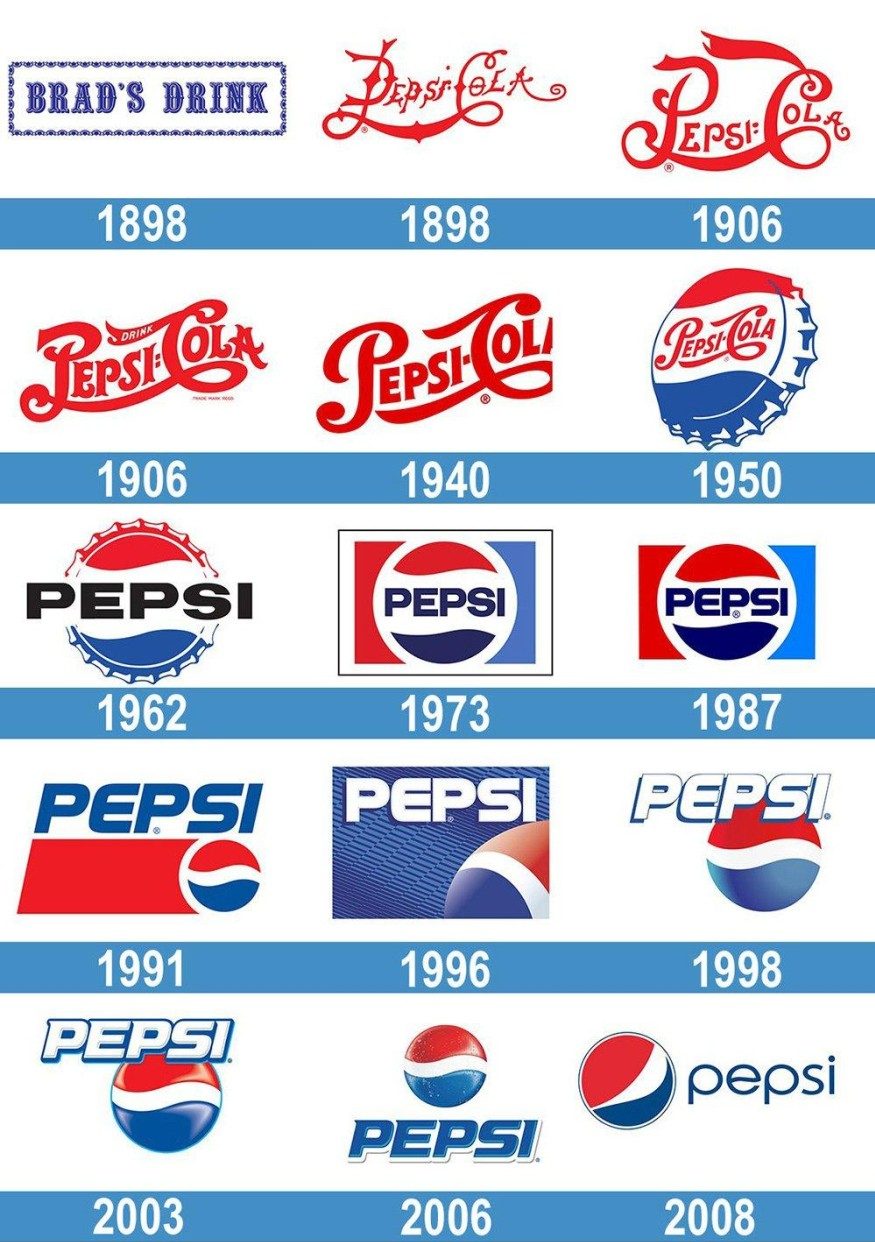
Another hallmark of the company has been its rebranding. Pepsi has undergone up to 16 identity changes throughout its history.
In 1950, Pepsi included something in its logo that began to distinguish it more clearly from its competition: the colors of the American flag: red, white, and blue.
In 1922, Bradham attempted to sell his company to Coca-Cola for the first time, but without success. The price of sugar kept rising, and before it became even more expensive, Pepsi decided to create a large reserve of this ingredient, as it was one of the main components of its beverage. But in 1923, to everyone’s surprise, the price of sugar plummeted. As a result, Pepsi had to adapt to its competitors’ prices, even though its manufacturing costs were higher.
When it seemed all hope was lost, Roy Megargel emerged as a lifesaver. He purchased the Pepsi trademark from creditors for $35,000, effectively establishing the Pepsi-Cola corporation.
In 1933, Coca-Cola had a final opportunity to acquire Pepsi-Cola, but once again, they declined the offer. Ultimately, Pepsi-Cola ended up in the hands of the candy company ‘Loft Candy’, and Charles G. Guth, the company’s president, changed Pepsi’s ingredients to make it more similar to Coca-Cola.
But the real comeback didn’t happen until 1950, when Alfred Steele, a former vice president of Coca-Cola, became the president of Pepsi. He introduced a more aggressive strategy than what he had been able to implement at Coca-Cola. It was then that Pepsi succeeded in reclaiming its market share through a unified flavor and a new, aggressive advertising strategy.
Pepsi went from nearly going bankrupt to becoming the second most famous carbonated beverage in the world. This leap allowed them to make their first major advertising announcement and their first direct attack on Coca-Cola.
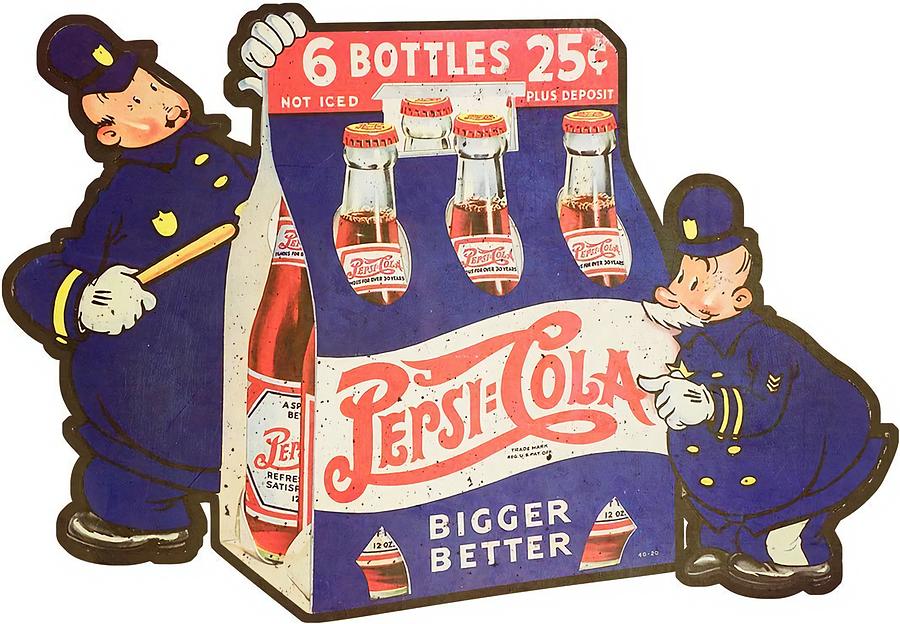
In the mid-1960s, Pepsi merged with Frito Lay to form PepsiCo. Following this, the North Carolina-based soft drink company entered a new market, becoming one of the leading snack food companies, with brands such as Lay’s, Doritos, and Cheetos.
From then on, partnering with the advertising agency BBDO, Pepsi-Cola shed its image as a cheap drink and became the beverage of choice for stylish young people.
In the 1940s, there was a massive disparity in the estimated marketing budgets of both companies. Coca-Cola had millions of dollars, while Pepsi had around $600,000. However, Pepsi has never shied away from direct challenges. Its savvy marketing strategy has positioned it as a genuine competitor in the eyes of Coca-Cola.
The advertising battle reached its peak in 1975 when Pepsi launched the “Pepsi Challenge.” It was a blind taste test where different people were given a sip of Coca-Cola and another of Pepsi, but without knowing which was which. Participants had to choose their favorite based solely on taste, and the winning beverage was Pepsi. The results of this campaign exploded on television, and Pepsi invested a large amount of money in advertising with the most relevant personalities of the time: Michael Jackson, David Bowie, Gloria Stefan, Tina Turner, among others. All with the aim of promoting the brand among the “new generation.”
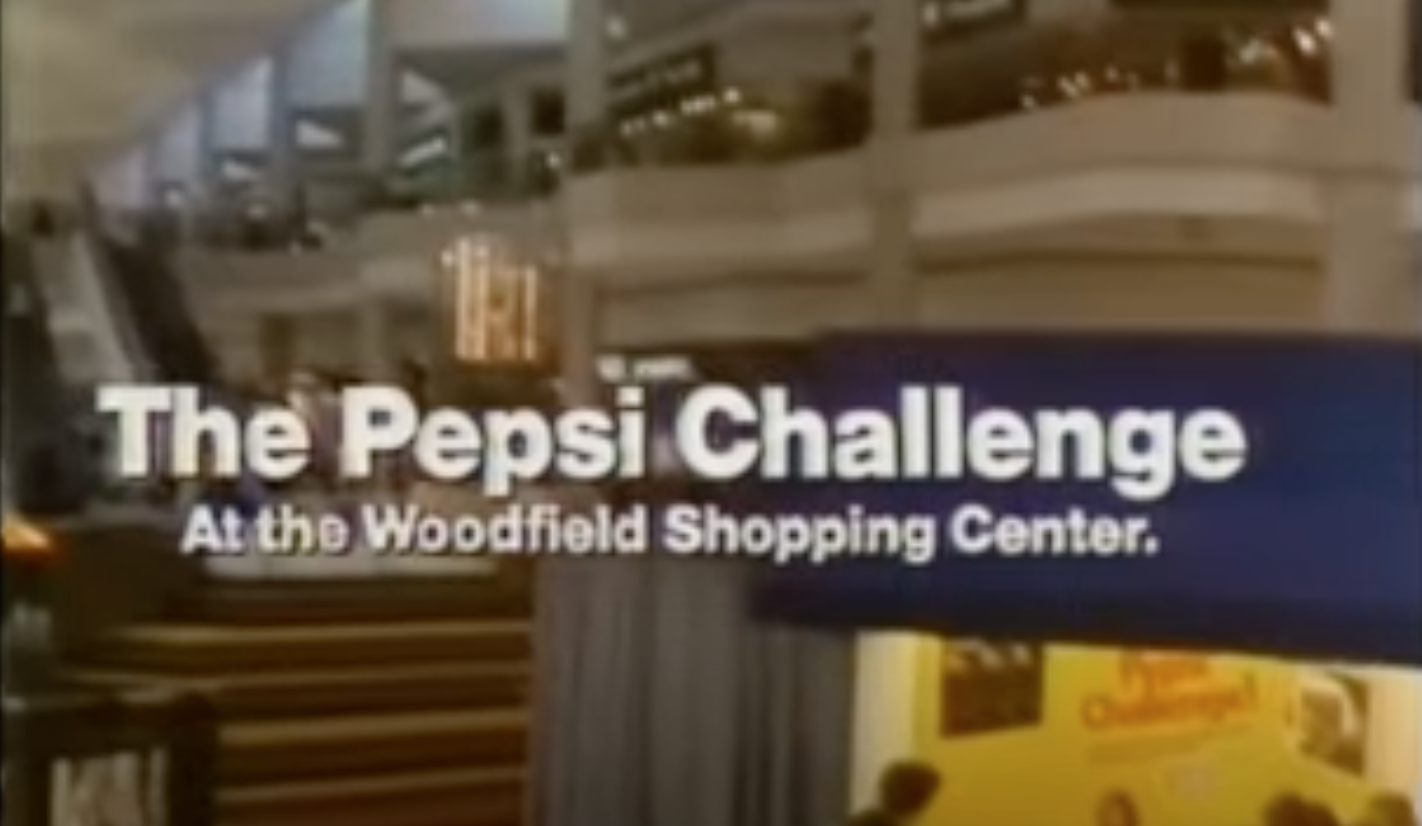
But the advertising battle between these two brands didn’t stop there. One of the most recognized ads of this war is the one where a child takes out two cans of Coca-Cola from a vending machine simply to use them as a lift to reach the Pepsi button.
The rivalry between Coca-Cola and Pepsi has left an indelible mark on the history of advertising. Though legislation forbids direct references to rival companies due to unfair competition, the ongoing battle between Pepsi and Coca-Cola is undeniable.
However, this rivalry is evident even in our daily lives. Picture yourself at a bar, asking for a Coca-Cola, only to be met with the bartender’s apology, “Sorry, we only have Pepsi,” as if it’s a letdown. Yet, Pepsi consistently leverages advertising moments to playfully ‘poke’ at its competitor, even in the most ordinary situations like this one.
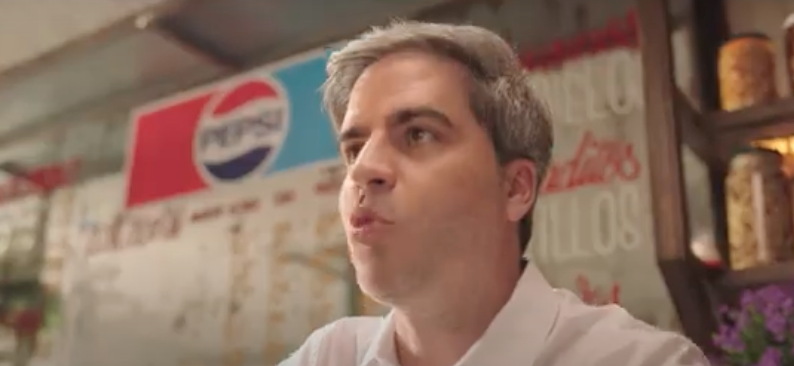
The story of Pepsi is an example of resilience. It entered a market that already had a household name, Coca-Cola, and managed to establish itself as one of the most recognized brands internationally. It’s the story of an enterprise that seemed destined to fail but has instead emerged as another major player.
